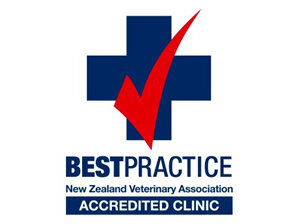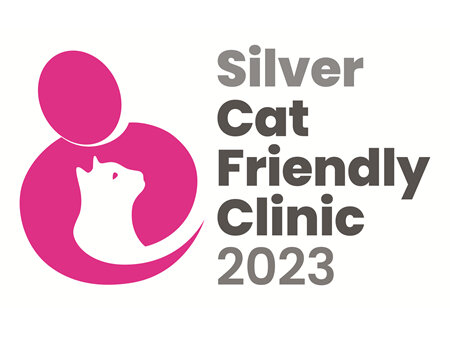Franklin Vets
Franklin Vets - excellence in veterinary care for dairy, farming, lifestyle, equine and household pets. BESTPRACTICE ACCREDITED NZ.
Your account is powered by Storbie. To edit your profile visit my.storbie.com
Your account is powered by Storbie. To edit your profile visit my.storbie.com

Stop treating a clinical case once you have completed the prescribed course of treatment for that cow, the udder feels normal, and the milk appears clean visually. Milk at this stage will still test high on a rapid mastitis test (RMT). Leave the cow out of the vat until the withholding period has been completed and then the cow can go back in the vat under normal circumstances. Where the herd has a high BMSCC, check the milk with an RMT. Strong reactors should be held out for an extra 24 to 48hrs and monitored before going back into the vat.
Cows that should continue with treatment at the end of the prescribed course are those whose milk and udder can be detected as abnormal by touch and visual appraisal. Cows that should be kept out of the vat are those whose milk is visually abnormal, i.e., contains clots, flecks, or is discoloured. In most cases, a repeat treatment will “cure” the infection and the cow can be managed as in the above paragraph. Where this is not the case, talk to your vet to discuss the most appropriate course of action.
Dr David Hawkins BVSc - Farm Vet & Consultant
Franklin Vets - excellence in veterinary care for dairy, farming, lifestyle, equine and household pets. BESTPRACTICE ACCREDITED NZ.



